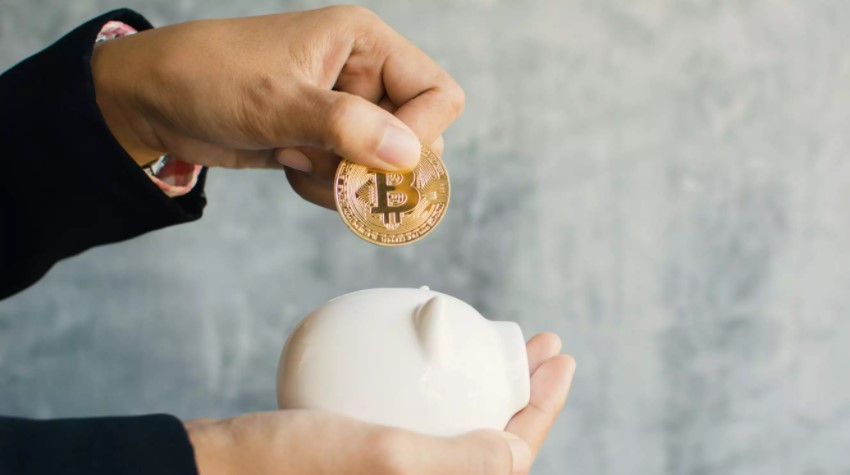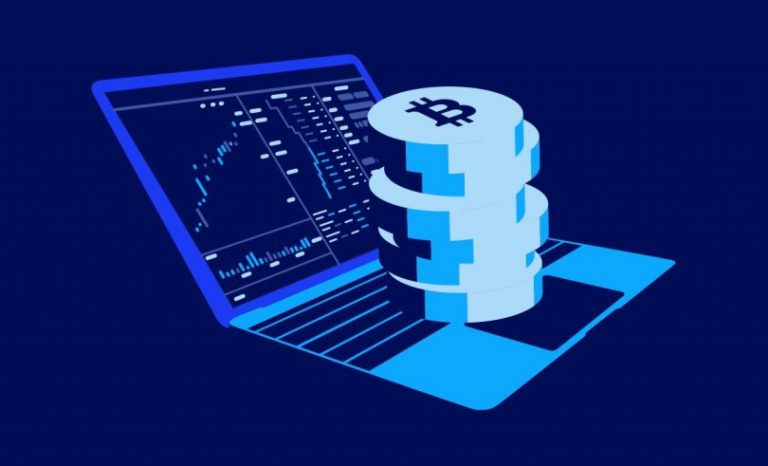In the age of technology, one of the gifts that the internet has bestowed upon us is that it has made a lot of things within everyone’s reach.
Thanks to free/affordable tools and apps and the wealth of knowledge available on the internet, a number of people can take several important life decisions and make informed choices in a way that would not have been possible before the internet. That includes trading and investing.
Before the internet, most people only had limited knowledge about their investments. Everything went through a broker, and others were incharge of investing their retirement savings. This meant both a high fee and limited control. That's no longer the case. People can create and control their own portfolios and invest in new and exciting asset classes, like Bitcoin.
Bitcoin: An Exciting Investment Asset
Bitcoin is nothing like the traditional assets, i.e., securities, CDs, commodities, or alternatives like lending or real estate. It’s a digital asset for the digital age. But that doesn’t mean it’s only an investment asset for the tech-native Gen-Z or early adapting Millennials and has no place in the investment portfolios of older generations.
It’s a powerful investment asset that can be a profitable addition to every portfolio. But before we gauge its merits as an investment, it is important to clarify the difference between “trading” and “investing or long-term holding” of Bitcoin.
Trading Bitcoin
The term trading is used more extensively with Bitcoin compared to investing, and that’s probably one of the reasons why people confuse the two. If you are buying crypto one day, and then after a few months, it rises, and you sell to realize your gains, it's not trading; it's investing (but not long-term holding).
Trading, especially intra-day trading, is when you buy and sell Bitcoin or any other crypto asset within a day. To make a profit, you need to execute precisely the right times. That means you need to stay active on your trading platform and have a thorough understanding of the crypto market. To know more you can visit advfn.com
And if you are following the trade suggestion of someone else, then you've essentially tied your fate to theirs and have limited control.
People have made thousands of dollars a day from day trading Bitcoin, but those people entered the market with the right strategy, tools, and knowledge of the asset and the market. For every Bitcoin trader that made a fortune, there would be several that lost their money.
It requires time, extensive research, effort, a healthy appetite for risk, and luck to become a good crypto trader. So for absolute beginners who don't have adequate time and knowledge, “trading” Bitcoin might notbe the best way to enter the market, but “long-term holding” would be.
Holding Bitcoin Long-Term
The official definition of long-term holding (on which your tax is decided) is holding an investment asset for a year. But it can be significantly more than that. Holding index funds for decades can yield incredible returns, but since Bitcoin is significantly younger, we will stick to years.
If you had bought three Bitcoins in December 2018, when it hit bottom after the 2017 rally, it would have cost you somewhere around $10,000. Right now, three Bitcoins are worth well over $90,000. That’s over 900% growth in a bit over two years. Not only is this an incredible growth rate, think about how drastically it differs from trading.
According to an estimate, only a small minority, i.e.,roughly five percent of all traders, are successful over the long-term, and only 1% are wildly successful. So if you execute just as many successful trades as you do failed ones, your net profit over two years might not be quite high, especially if you add in the learning phase that can stretch for several months, where you might mostly execute bad trades.
But even if you don't know anything about the Bitcoin market, except to buy low, and you invest after a rally, when Bitcoin is relatively undervalued. You can sit on it for two, three years, waiting for the right peak to sell, and you can turn in a hefty profit. This can help you save time, and research is almost passive investing and increases your probability of success.
Conclusion
The risks inherent to crypto-assets like Bitcoin are valid for both trading and investing, but holding on to the asset long-term offers you the luxury of time. You can wait for the perfect time to sell rather than hunting the best moment within the day, which may or may not pan out.


